Gambia Songhai Initiative
The Songhai model has been replicated in Benin, Nigeria and 15 other African countries. It has the support of various donors including the United Nations Development Program (UNDP), which advocates for change and connects countries to knowledge, experience and resources that can help people build a better life for themselves. The UNDP is funded entirely by voluntary contributions from United Nation member states.
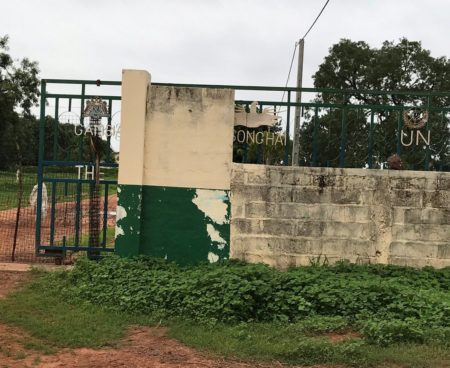
The Gambia Songhai Initiative at Chamen in the North Bank Region (NBR) was begun after The Gambia’s Ministries of Youth and Agriculture visited the Songhai Regional Center Benin in 2014, where they studied the center’s integrated sustainable agricultural development strategy for employment creation and poverty reduction. Following Gambian cabinet approval of the mission report and recommendations, a farm in Chamen NBR was established in 2015, and overseen by five technicians from Benin.
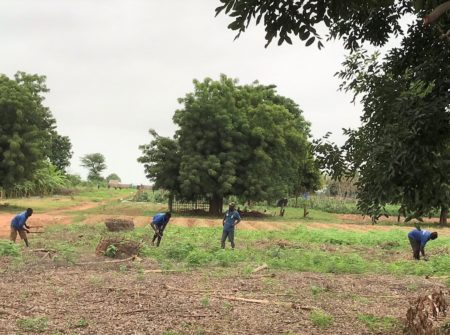
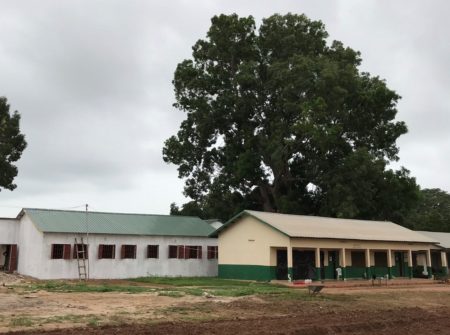
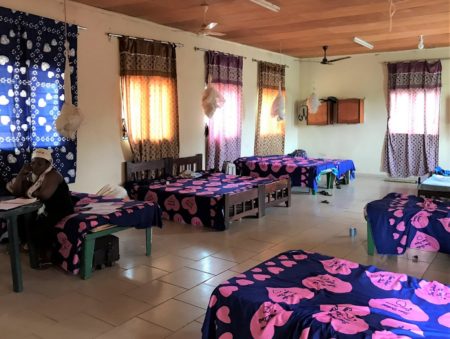
Currently Songhai Chamen has fenced 25 hectares of their 250 hectares, and is teaching up to 40 senior secondary girls and boys sustainable farming techniques. The students live on campus for one year, and rotate through all of the offered subjects, acquiring a very diverse agriculture education. More dormitory space is being built, with the plan to add more students that could arrive every three or four months, staggering entrance into the year long program. Songhai is also exploring additional projects that could possibly generate income to sustain and expand the facilities.
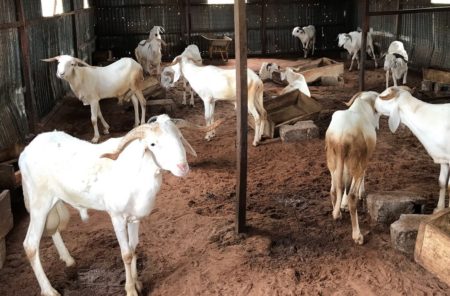
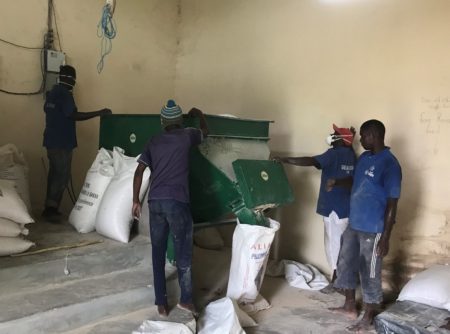
Songhai is addressing the care of livestock from a scientific perspective. These rams are part of a selective breeding program, which includes high quality food, shelter and supervised foraging, regular bathing, inspections for injuries and parasites, and veterinary care. Most Gambians don’t recognize the benefits of managing their livestock to produce only outstanding animals by culling the under producing animals. Unfortunately, the countryside is overrun with too many goats and sheep that can cause devastation to crops and forests. The animals produced here are sold at a premium, and many of their rams will be consumed during the Tobaski feast.
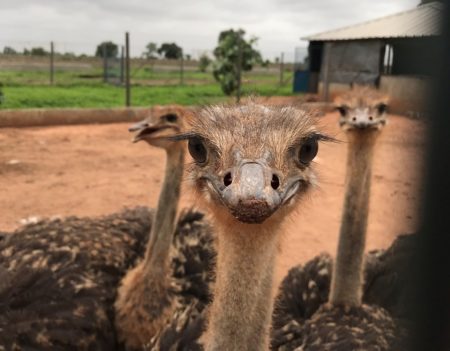
The ostrich project began five months ago with eight birds, and it will take the ostriches about three years to become sexually mature and reproduce. The flightless ostrich is the largest bird in the world, growing up to 9 feet tall and weighing up to 300 pounds. Mature males have bold black and white coloring that they use to attract females. The females retain the light brown feathers of their youth throughout their long life of 50 to 75 years. The eight Songhai ostriches are just the beginning of a future breeding operation, which is unique to this region.
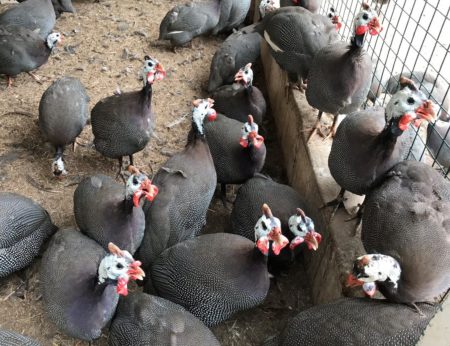
Guinea Fowl are native to sub-Saharan Africa and have been widely introduced into Australia, the West Indies, Southern Europe and Brazil. They weigh about 3 pounds, have a round body, with a small unfeathered head and can live up to ten years. Guinea Fowl are a gregarious species, forming large flocks and roosting communally. They make loud harsh calls when disturbed, and have an explosive but short-lived flight pattern, relying on gliding to cover extended distances. There are about 875 Brazilian Guinea Fowl at Songhai, and their eggs are hatched in incubators like the chicken eggs.
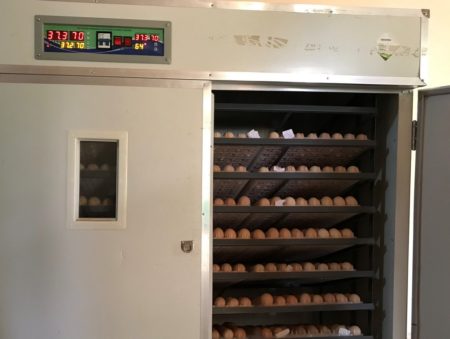
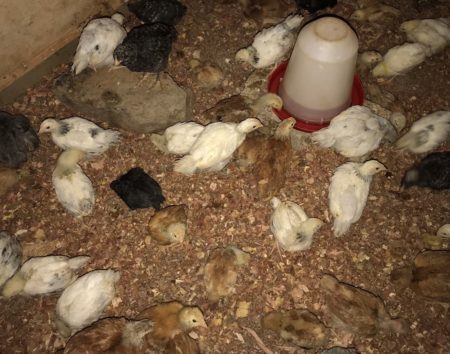
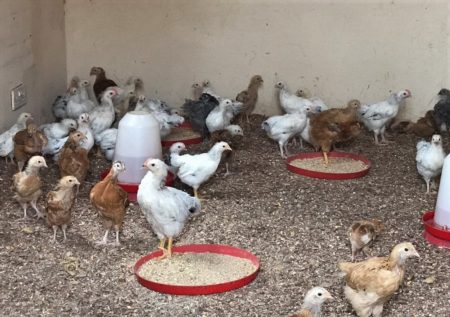
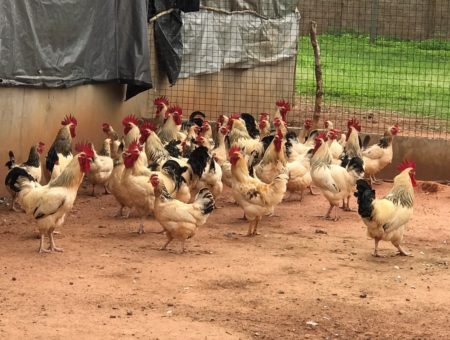
Songhai has a huge chicken rearing operation with almost 3000 laying hens, established with imported stock. Imported chickens require management techniques the average village farmer can not provide, such as imported feeds, antibiotics and other medications, and equipment that is very expensive. They are also exploring a free range management program, that could be more humane and cost effective. Songhai is doing well through good management and because of the support received from NGOs and the Gambian government.
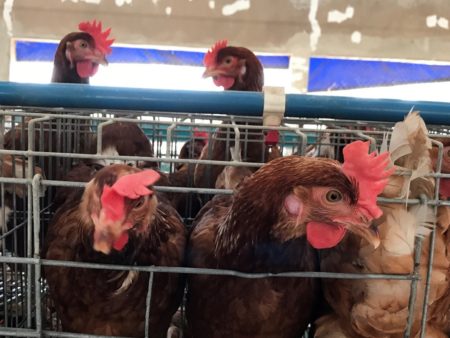
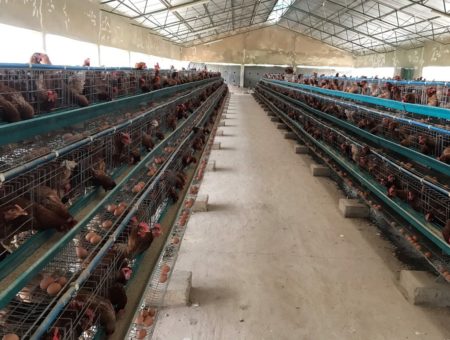
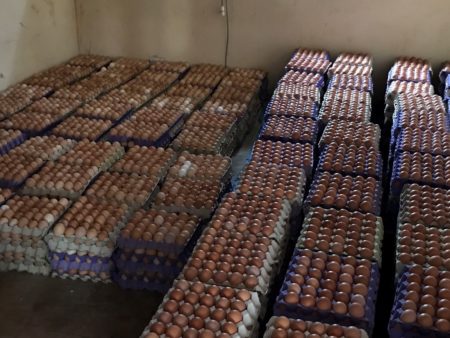
Developing a sustainable market for their egg production is another challenge. There is one local buyer in Farafenni, but they are expanding their markets into the capital region and possibility across the border in Senegal. Learning effective production techniques is just one part of a successful business plan. Songhai does have a strong accounting department addressing all aspects of the farm’s practices, which can give them the knowledge necessary to become self-sufficient.
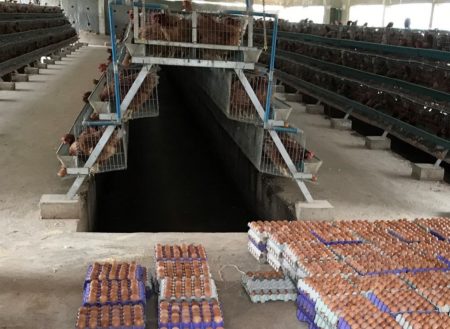
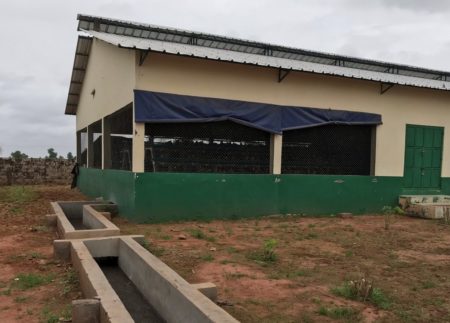
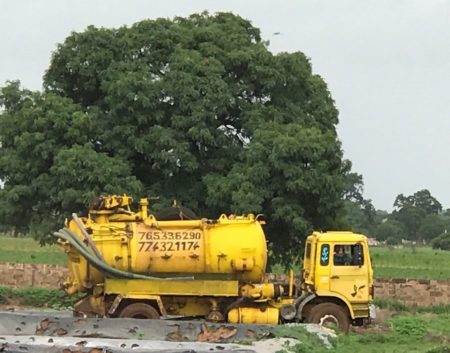
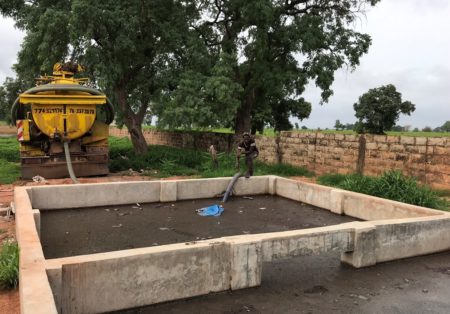
I was very impressed with the cleanliness of the entire facility, there wasn’t any trash scattered about the grounds (a rarity in this region), and the staff and students were mindful of safety measures to protect themselves and the livestock. They are developing good recycling and composting methods to minimize waste and destruction to the environment.
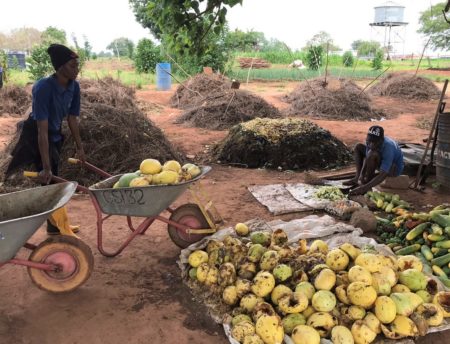
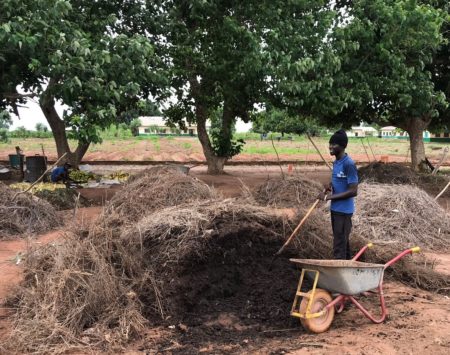
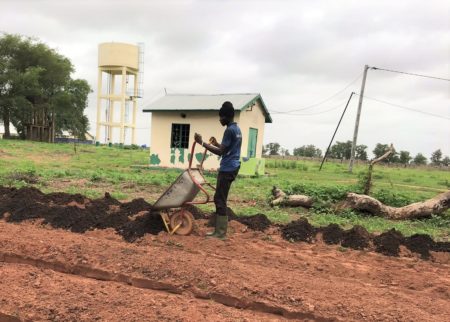
The success of their composting endeavors are evident on many levels. The use of kitchen waste, damaged or overripe produce from the garden, and intensive preparation of the compost piles was evident. The ingredients are chopped into small piece before layering with weeds and soil, which will hasten the decomposition process. A completed pile is covered with dried grasses to hold in the moisture, and each pile has a sign stating the date it was begun, then turned regularly until it is ready to use. Not only is the waste generated on the farm put to good use, the soil the vegetables are grown in is of excellent quality.
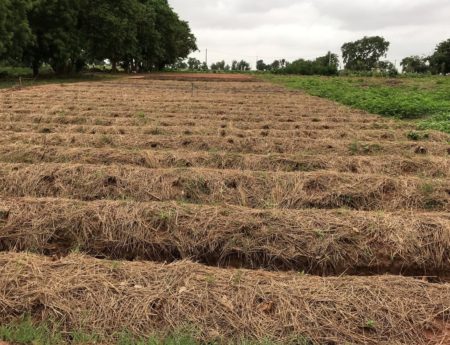
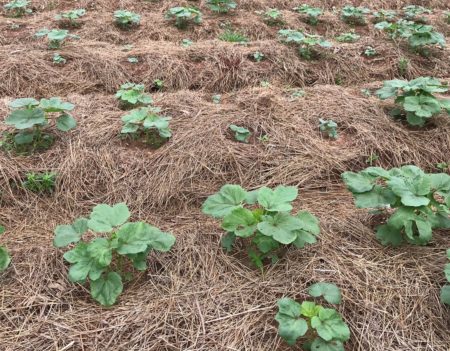
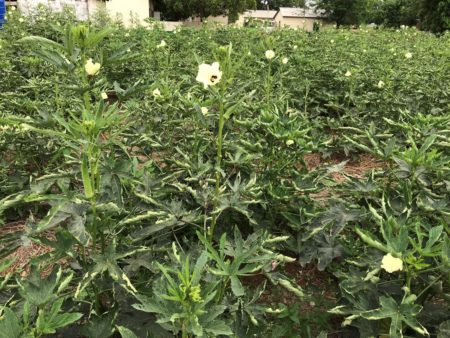
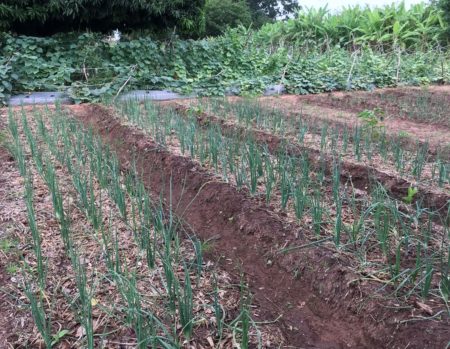
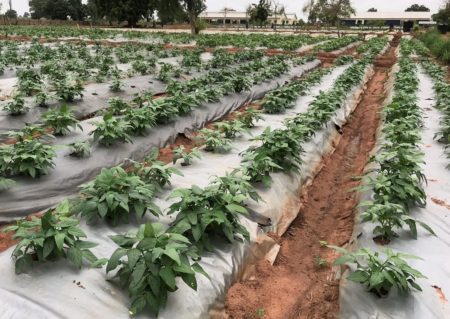
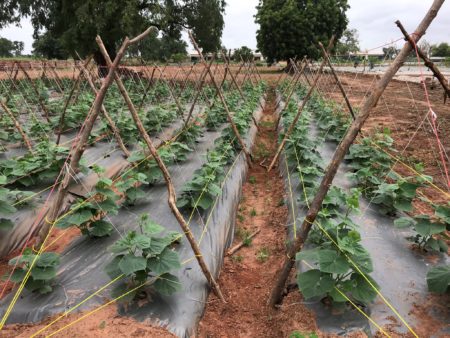
I observed two different row crop methods – mulched with dried grasses or with plastic sheeting. All planting beds have compost added every time before planting. The soil in this area is very sandy with very little nutrients that are rapidly depleted as a crop matures. It is also important to protect the soil with mulch to conserve water and keep the structure of the beds when it rains. By determining the optimum growing needs of a plant, the beds can be prepared properly and the construction of trellises will keep the fruit clean and make for an easier harvest.
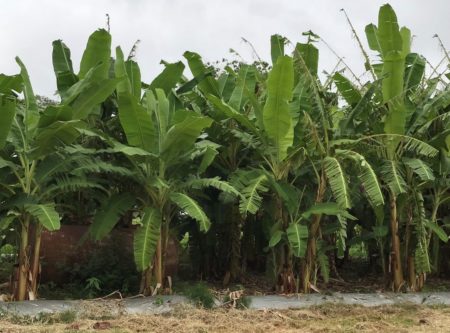
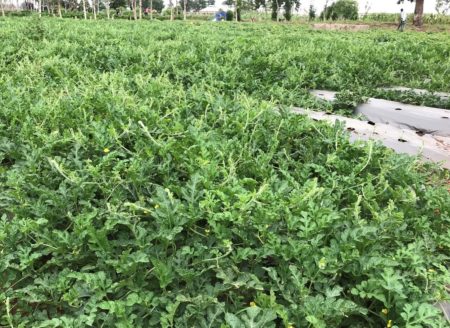
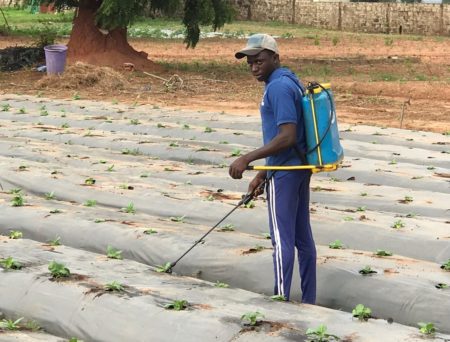
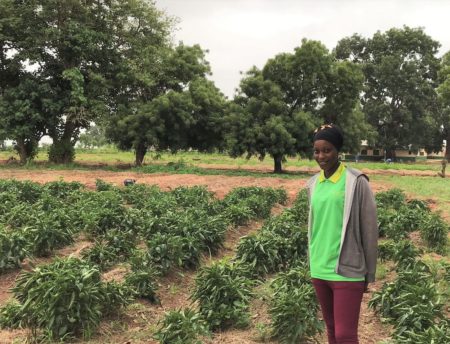
During the year long program all students get experience in every area on the farm through a rotation method. They study seed multiplication, tree & vegetable nurseries, agroforestry, market gardening, cash crop production, compost making, pest management, animal husbandry and poultry production for eggs and meat. Each student must write a mock business plan before they graduate in October. Some graduates have been hired to be managers – Kaddy (pictured above) is now in charge of the nursery and seed multiplication section.
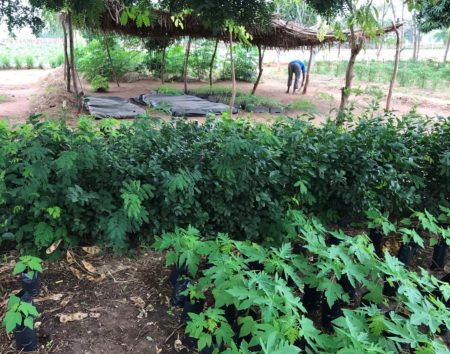
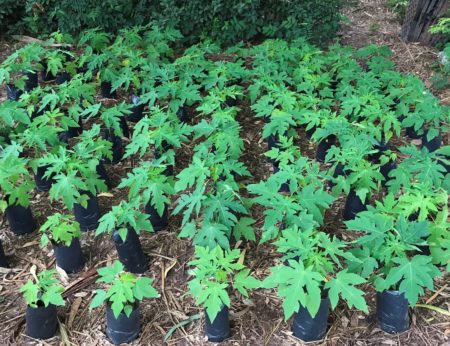
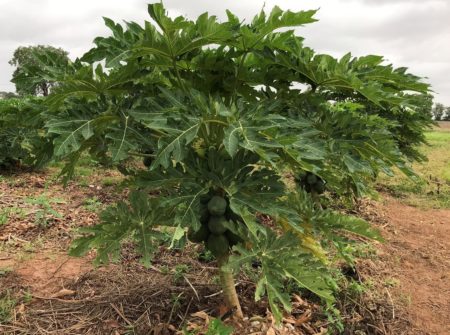
Papaya is a very popular fruit here, are easy to grow and there are many different varieties to fit every situation. Fruiting trees such as papaya and citrus that are planted in home compounds would provide extra food security for families. Trees provide many benefits in addition to food, such as shade and soil retention during the heavy rains. Trees will also mitigate climate change by adding oxygen into the atmosphere and sinking carbon dioxide into the soil.
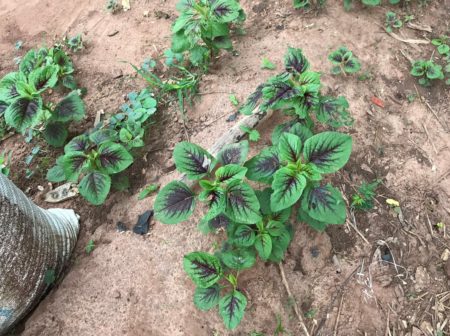
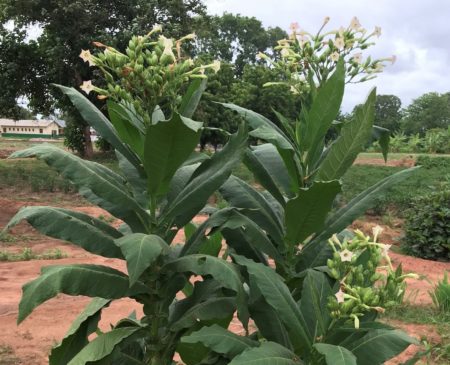
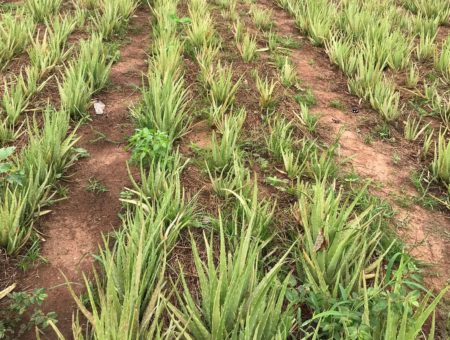
There is a lot of potential projects to explore as this farm develops in the coming years. Amaranth is a plant that could be useful for animal feed and human consumption, because it is easy to grow and very nutritious. The leaves and stems are popular in Asian stir fry recipes, and the seeds can be processed into a gluten free flour. Tobacco use is very high here and could have commercial potential. Aloe has lots of uses in cosmetics and medicines for treatment of burns. Value added products could help support this agriculture endeavor.
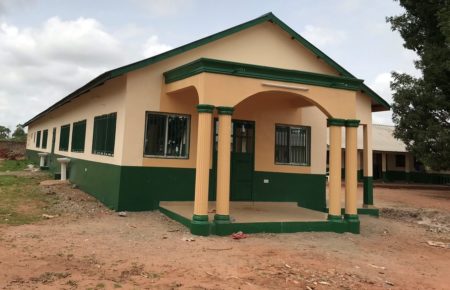
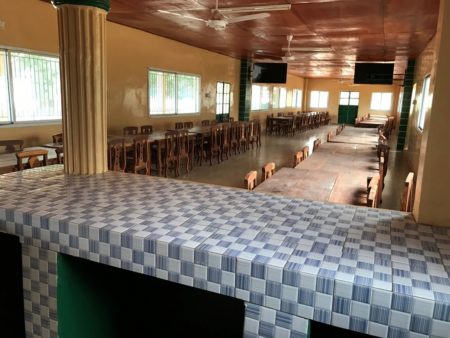
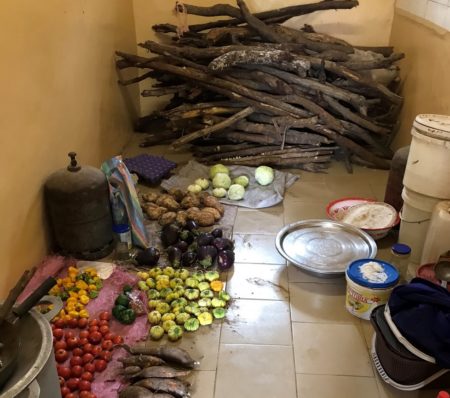
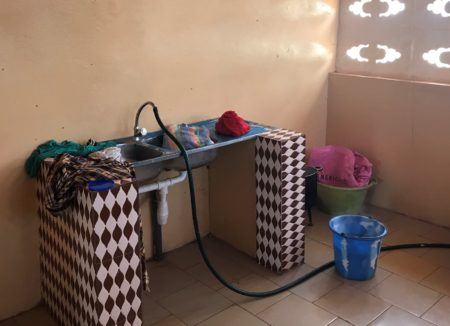
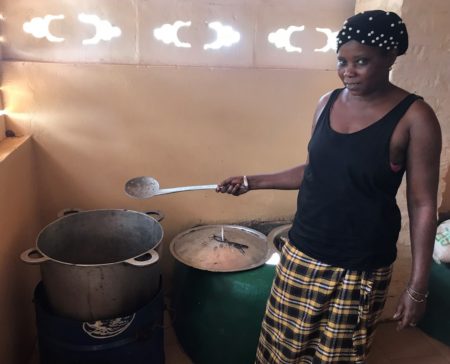
The entire Songhai operation is still in its infancy, and many possibilities exist to expand programs and generate income. One endeavor could be the development of a conference center, perhaps with overnight accommodations. They are building a beautiful building with many features that are not usually provided – note the hand washing stations on the outside of the building and a plumbed sink that drains in the kitchen. The farm is close to Farafenni which has a population of 46,000 and is very close to the Senegal border. Recently the SenaGambia bridge was completed, linking the north and south banks of The Gambia, and making transport from Southern Senegal to Northern Senegal more efficient.
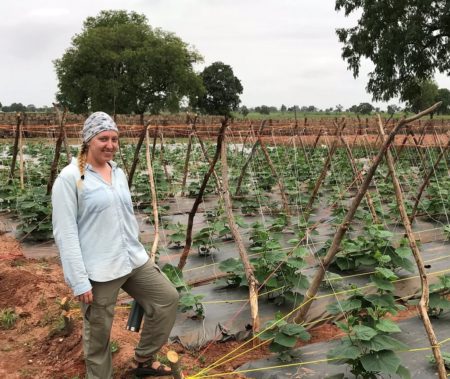
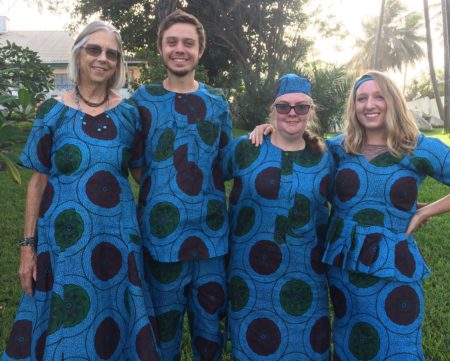
I want to thank Tori for the Songhai tour and introducing me to many of the students and staff. Tori and I were site mates during Pre-Service Training, and she comes from Eastern Washington. We spent the first two months together in country studying Mandinka (which she has mastered much better than I have) and learning the culture of this country. Tori lived in a village in the CRR for the first part of her service, and I rarely saw her. She recently moved to the NBR and is finishing out her service working at the Gambia Songhai Institute. She comes to Farafenni to do her shopping, and we get to see each other more frequently now. It’s been fun being able to spend time with her again as we complete our two years of service before we return to the Pacific Northwest.
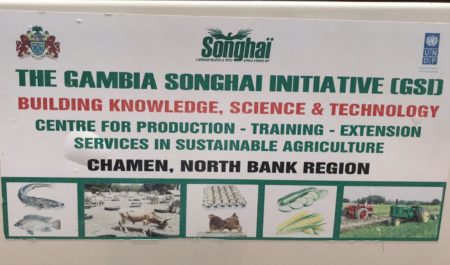
One thought on “Gambia Songhai Initiative”
I thought this was fascinating. But when reading about breeding chickens using western techniques, I wondered about the use of antibiotics — not only expensive, but something many western producers are moving away from?
Comments are closed.